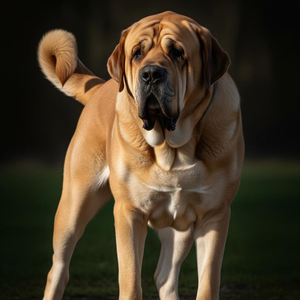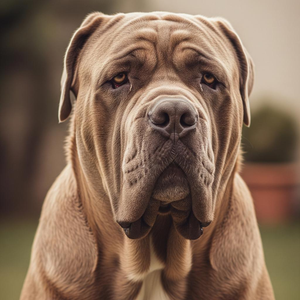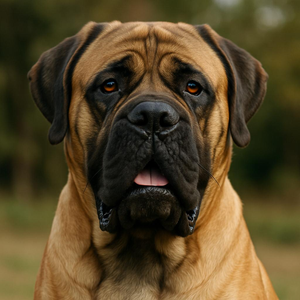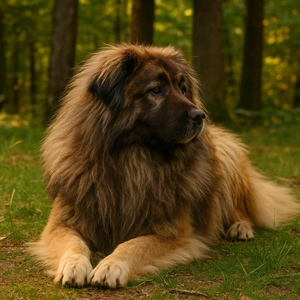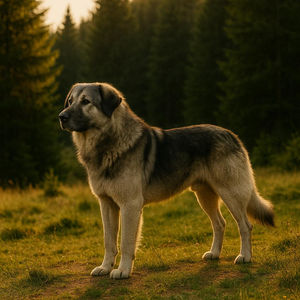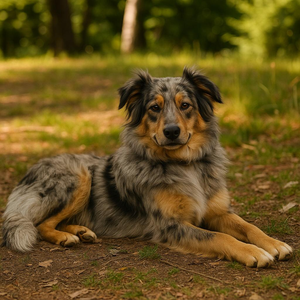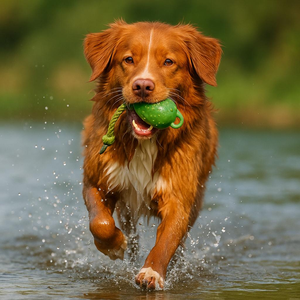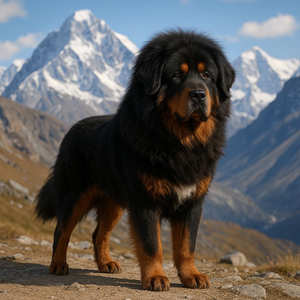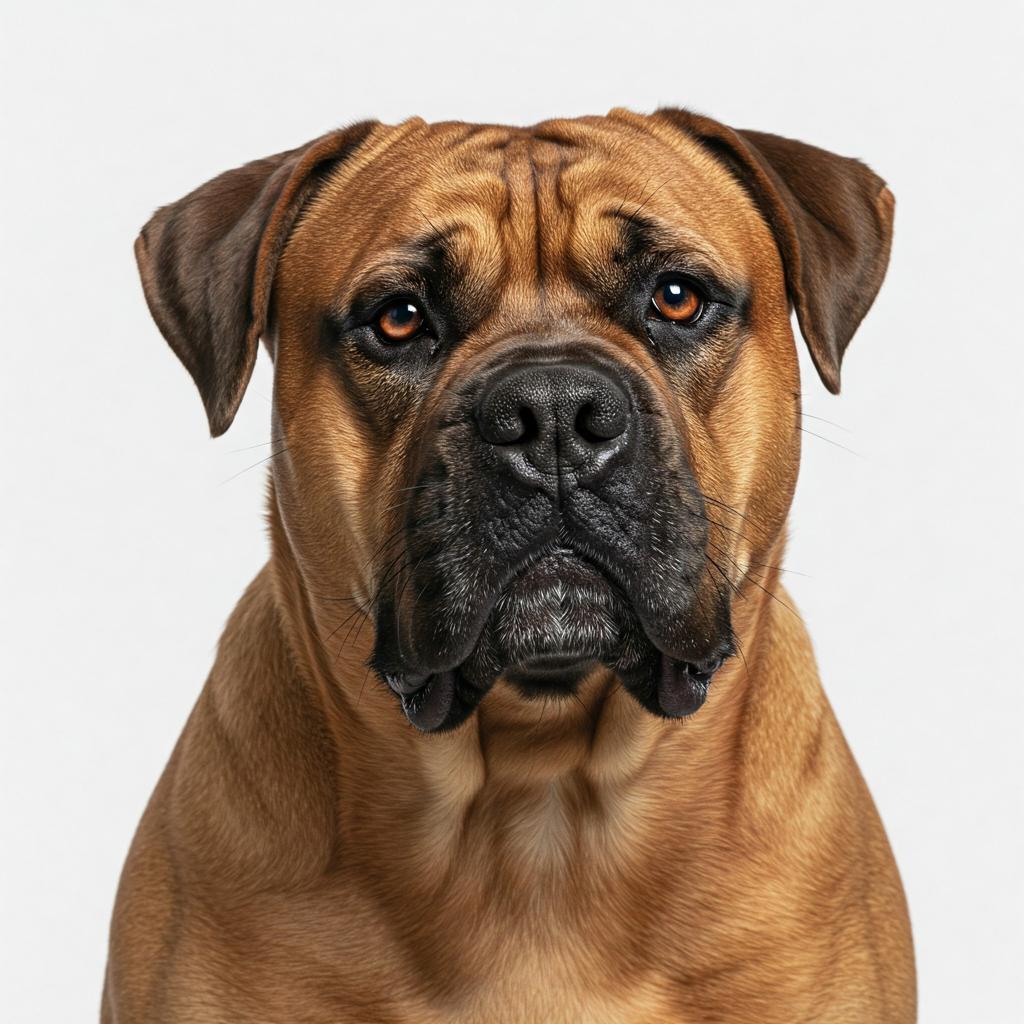
Defining Characteristics of Bullmastiff Dog Breed
The origins of the Bullmastiff dog breed, like that of all molossoids, date back centuries; this particular one is relatively recent and is thought to have originated from the crossbreeding of English Bulldogs and Mastiffs or even Great Danes in England.
These selections were made in the mid-19th century with the intention of obtaining a breed that could help gamekeepers defend game from poachers. Finally, in the early 1900s, a breeder, Sam Mosley, officially originated this breed using only Bulldogs and Mastiffs. As a breed, it was recognised in 1924.
The Bullmastiff is certainly one of the best guardians one can find, and at the same time a loyal and affectionate dog that has a very close bond with its owner. Far from the fearsome dog it once was, so much so that it was also called a ‘ban dog’ to be kept on a chain because of the potential danger it represented. Through selection and cross-breeding, a gentle and calm breed has been achieved.
At the same time, it is not suitable for an inexperienced owner; it has a strong, dominant character and a predisposition to do its own thing, so good training and socialisation are essential for its upbringing. And his very robust size requires a person who will not be intimidated or overpowered and, above all, who has sufficient strength to handle him on a leash during training.
Character of the Bullmastiff dog breed
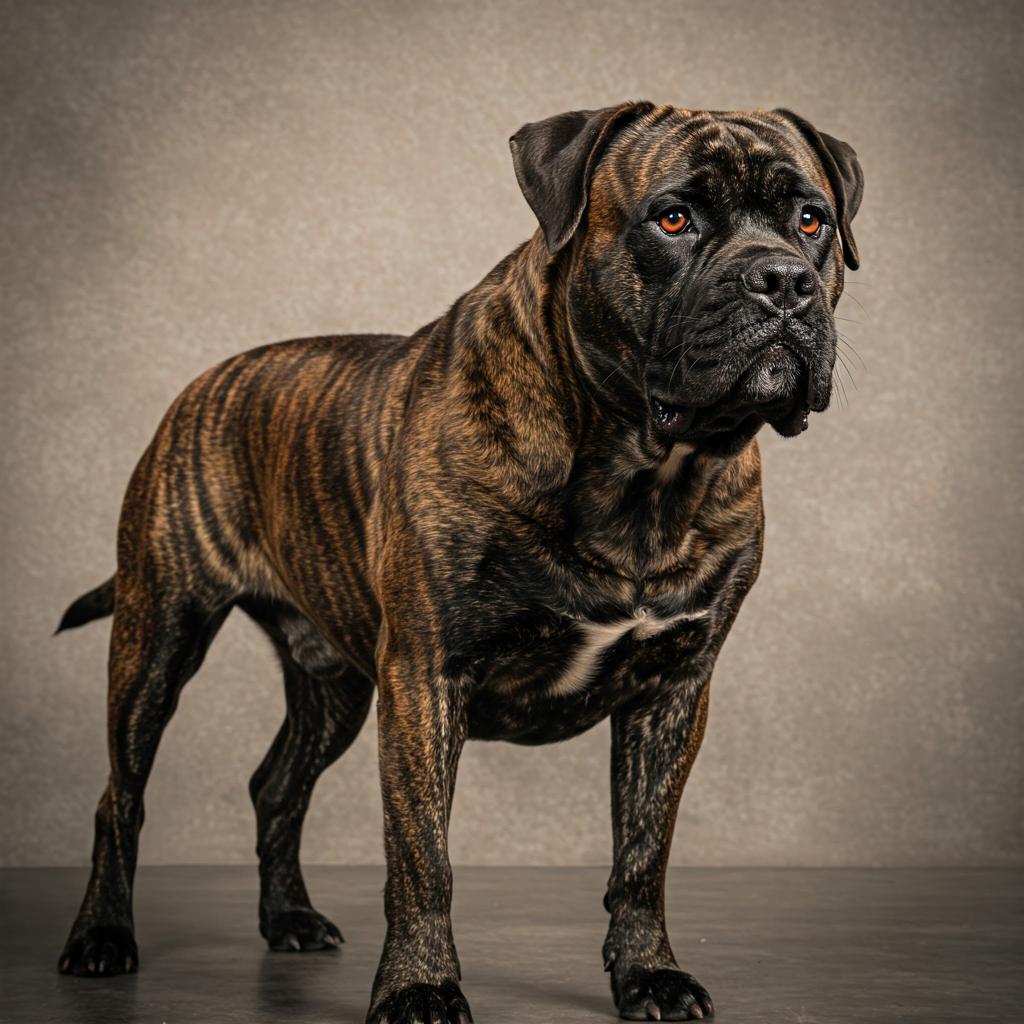
He fits well into the family and adores human contact, especially with his owner. The Bullmastiff should not be left alone for many hours, he suffers greatly from loneliness and needs to be cuddled and to receive attention.
It is a dog that loves to live outdoors and therefore does not adapt very well to flat life, unless you can take it out for a walk at least 3 times a day.
It has a very strong protective instinct towards its home and family, which is why it tends to be very wary of strangers. It tends to study the presumed ill-intentioned person who threatens its property or its owner, attacking him by landing and making him unable to get up without biting him. It has exceptional alertness.
It does not accept attempts at dominance from other dogs, so early socialisation is a must, and a cat or other small pet is merely prey for it; the female is quieter than the male, less lively and slightly lazier.
Appearance of the Bullmastiff dog breed
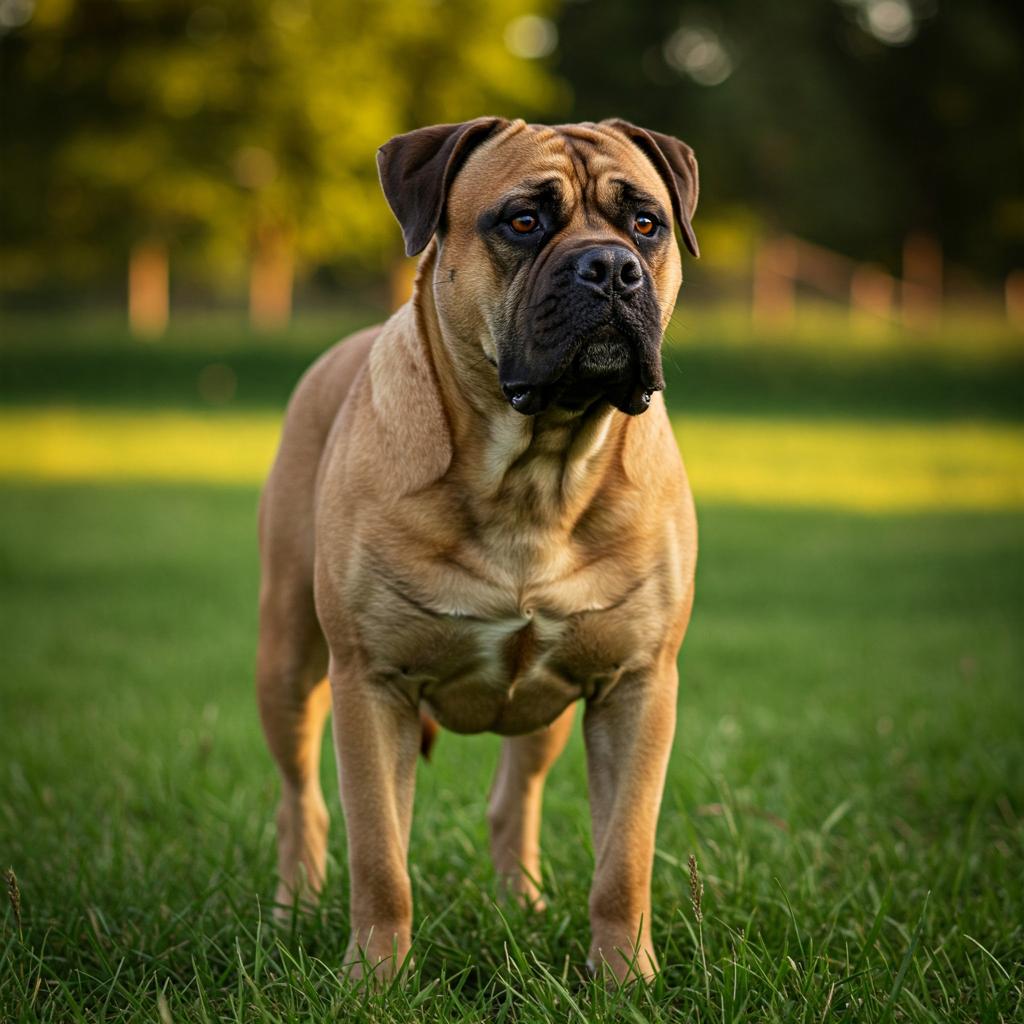
Its head is broad, the truffle is black and flattened. The mask on the muzzle is normally black. The ears are V-shaped, the eyes, well spaced apart are generally dark, under the muzzle there are pendulous wrinkles.
The coat is very hard, short and weather-resistant. The coat may be black, fawn or tigerish with various shades. In some there is also a white patch under the chest.
Health and care of the Bullmastiff dog breed
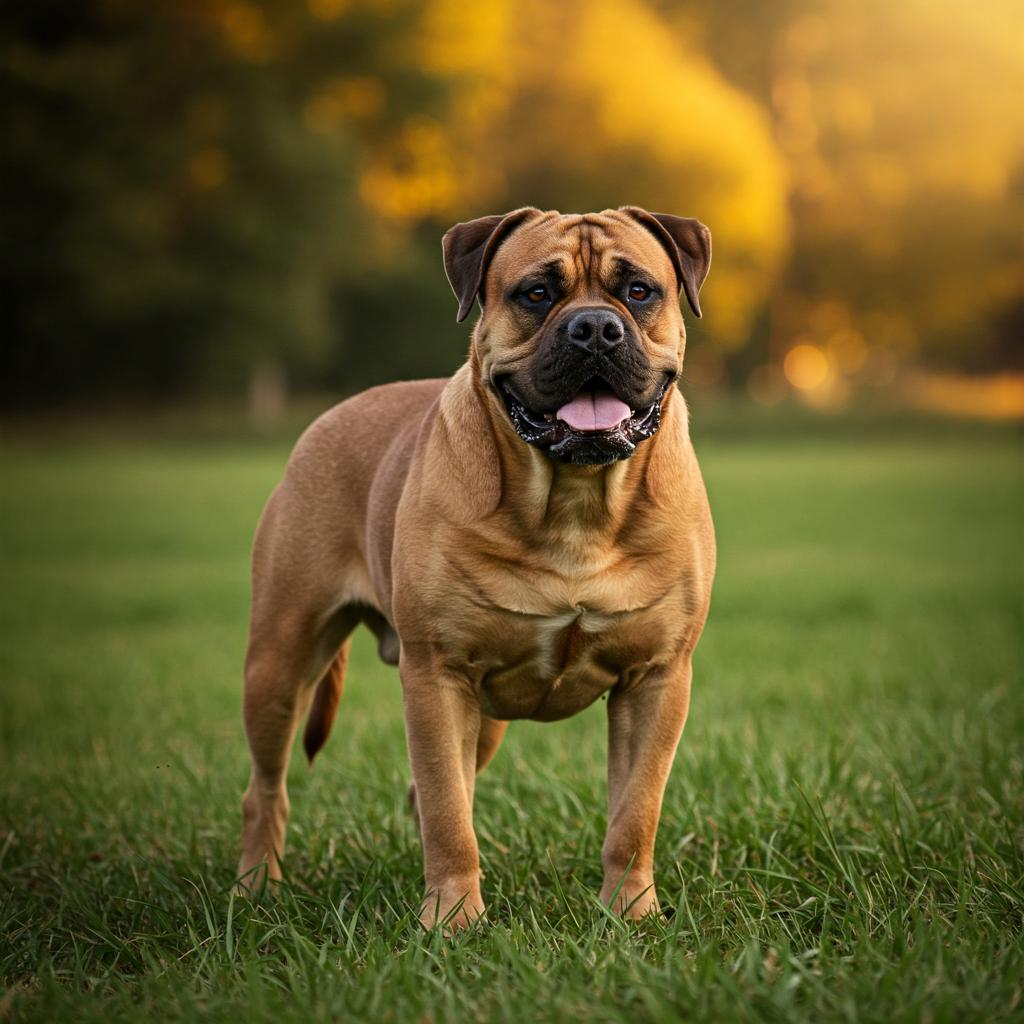
In summer he may have difficulty breathing, like many dogs of the molossoid genus. For this it will only be necessary not to keep him exposed to too much sun and not to let him move around too much during the hottest hours.
A fairly common problem is hyperthyroidism, which tends to appear as the dog gets older. In addition, as in many large dogs, they may suffer from hip dysplasia. For this reason, Bullmastiff puppies should never be exercised a great deal, so as not to strain their joints.
Their diet must be healthy and balanced and also controlled as they have a strong appetite and tend to eat more than they need. Movement however is the main thing to overcome his weight problems.
As far as coat care is concerned, being short-haired, it should be brushed once a week to remove dead hair. He loses very little hair.


